Tattoos have a long history and also we can see tattoo in different cultures around the world. Across these diverse backgrounds, tattoos serve to symbolize beliefs, traditions, spiritual values and even healing practices.
If you’ve always been fascinated by the various forms of body art used across different countries, this blog post is perfect to help understand their significance! From Japan to India and Africa , we will explore the importance of tattooing for each culture’s identity and heritage.
This article aims to shed light on many stories related to why certain tattoos represent specific meanings unique to each country. So get ready as we dive into some fascinating tales about how people express themselves through marking their skin with ink!
Significance of Tattoos in Different Cultures
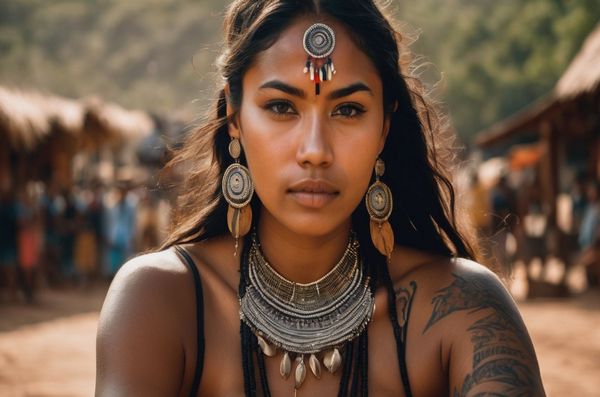
Tattoo has played a major role in different cultures– from symbolism to identity, spiritual beliefs and even healing practices. Learn more about the meaningful role of tattooing in our world today!
1. Symbolism
In many cultures, tattoos are seen as an expression of the wearer and their inner feelings. Across different countries and traditions, tattoos have been used to express spiritual beliefs, honor religious figures, display status symbols or tell stories.
For example, in Japan tattooing is a sign of strength and courage that goes back centuries – often depicting samurai warriors or Buddhist imagery meant to bring protection upon its bearer.
In India there has long been an association with henna body art representing marital fidelity while in Africa some communities believe that to wear certain symbols can ward off evil spirits from taking possession of anyone’s life force.
Similarly other indigenous groups around the globe also use special motifs such as tribal markings declaring allegiance to a particular clan or family group but which may also be linked with authentic ceremonies celebrating milestone rituals in someone’s journey (like when they reach puberty).
Meaningful body art then links people into collective belief systems but it can equally create individual expressions fulfilling personal aspirations not directly related to existing practice patterns found within specific societies over time.
2. Cultural Identity- Tattoos in Different Cultures
Tattoos are a powerful symbol and often used as a way to identify an individual’s cultural group. Tattooing holds special importance in various cultures all around the world, with each culture attributing their own symbolism to such designs.
For instance, tattoos have been historically used by Native Americans as a way of demonstrating personal identities within their tribe or family, while also being seen as spiritually significant.
Meanwhile, in Japan traditional Japanese tattoos (Irezumi) bear deep significance and serve as an expression of religious devotion for many people interested in spirituality and demonology.
3. Spiritual Beliefs- Tattoos in Different Cultures
Tattoos are more than just a form of self-expression; in many cultures, they also hold spiritual and cultural significance. In Africa, for example, ancient tribesmen wore tattoos as protection from evil spirits.
Among the Maori people of New Zealand, traditional facial moko—or tattooing—is believed to bring joy and strength during times of hardship.
Polynesian cultures have seen intricate designs adorn their warriors in order to honour their gods for protection before battle and be fiercely loyal throughout warring times — even courage is celebrated with powerful body art representing it among these tribes’ people’s culture historically.
4. Healing Practices
Tattoos have been used for healing purposes in different cultures around the world since ancient times. In Ancient Egypt, tattoos were applied as a means of helping the departed to recognize each other in the afterlife.
Tattooing has also been incorporated into various types of traditional and alternative healing techniques such as lancing, acupuncture, and herbalism. The application of certain symbols on particular parts of the body was believed to activate specific energy points which could help heal ailments or balance spiritual energies.
Moreover, tattoos were found in areas that may have had some kind of therapeutic benefit with their alignment towards relieving pain or discomfort caused by medical conditions such as arthritis and migraines.
Also, many cultures use body modifications like tattoos not only to mark spiritual growth but also for protection against bad luck and occupants evil spirits. For example Indigenous tribes from North American countries believe that ritual markings can offer protection from demons while Bushmen tattoo ideas inspired by nature as signals indicating they are ready choose new paths in life.
Cultural Meaning of Tattoos in Different Countries
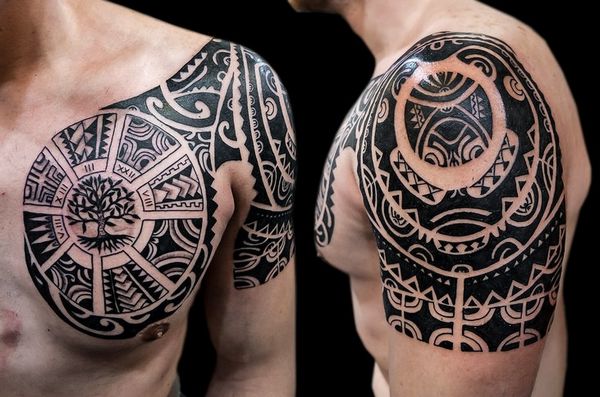
Tattooing has been a universal practice, with varying meanings from country to country.
1. Tattoos in Different Cultures in Japan
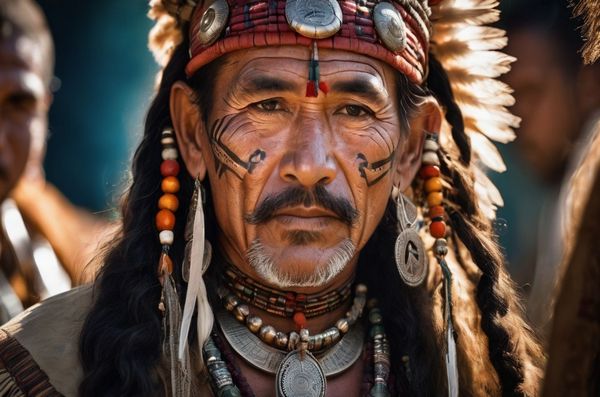
Tattoos boast an intricate history in Japan, and have been intertwined with the culture for millennia. Traditional Japanese tattooing is known as ‘Irezumi’ and holds various meanings, including spiritual protection and life-long vow of devotion to its bearers.
Developed almost 2000 years ago, Irezumi can depict mythological creatures such as koi fish or dragons. The government had outlawed tattoos in 1870 due to their subversive nature linked with criminality among commoners but their cultural use has slowly become more tolerable again over time, particularly among men who practice martial arts or work within creative industries.
While still widely viewed as taboo today, tattoos remain a visual way of expressing identity within the country’s culture which is why it continues to gain acceptance despite long standing stigma associated with it.
2. Tattoos in Different Cultures in Africa
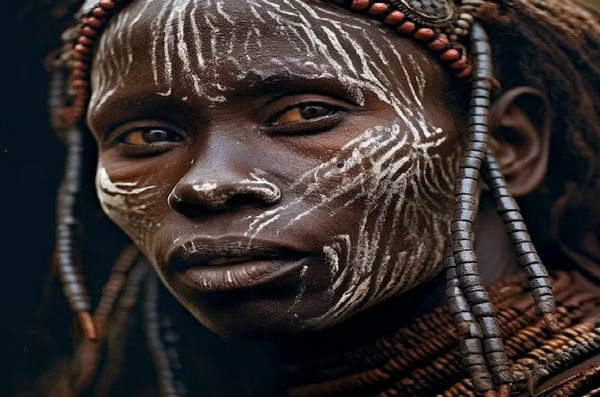
Tattoos have been a longstanding tradition in Africa. They serve as symbols of love for one’s tribe, spiritual beliefs, and social connection. In many African cultures tattooing is seen more as a form of art rather than something to decorate the body – it can often be used to tell stories or depict tribal mythology and legends.
The Maasai tribe is known for their distinctive tattoos that signify the transition from childhood to adulthood, thereby giving them warrior status in society. The traditional tattoos consist of intricate geometric patterns usually associated with auspicious events such as marriage or hunting trips which makes them an integral part of Maasai life and culture.
Similarly, other African tribes also use facial markings to illustrate specific aspects of their life like marital status or level of achievement within a certain community. Tattoos are not just popular among warriors but can often be found on women too signifying fertility or success during harvest season .
3. The United States of America
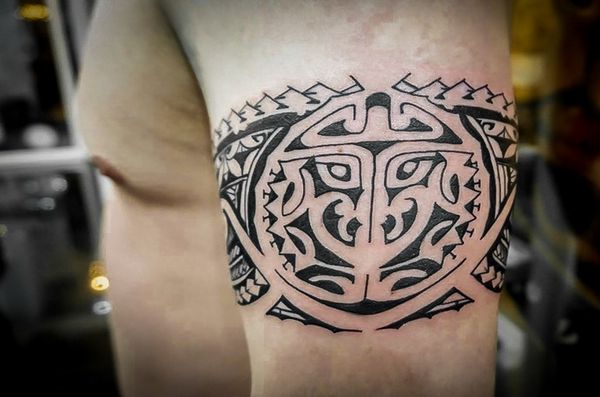
Tattoo culture in America has a long and complex history, which is particularly evident when looking at the differing meanings attributed to tattoos over time. Tattoos can be divided into two periods, pre-colonial Native American tribal tattoos and contemporary American cultural tattoos.
Pre-colonial tribes would use tattoos for transcendental ceremonies to invoke spirit animals that provided guidance or connection with ancestors; they also meant strength and bravery in battle and served as symbols of social rank and identity.
Flash forward centuries later, modern day American culture holds its own unique set of beliefs about tattooing practices: today such artwork often provides an avenue for self expression or artistic flair while simultaneously being considered rebellious or counterculture by some people.
In many cases it’s a form taking ownership of one’s body — against generations of beauty standards mostly determined by Eurocentric society — while still connecting future generations to ancient textual support of traditional healing practices like tattooing.
4. Tattoos in Different Cultures in India
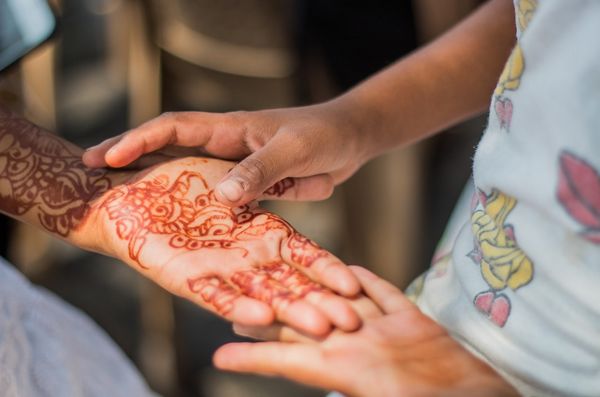
Tattooing has a rich cultural heritage in India, with various parts of the country having their own traditions and practices regarding this art form. Tattoos were originally practiced among certain tribes like the Apatani in Arunachal Pradesh as a way to preserve group identity, though this practice was banned in the 1970s due to an influx of Christianity into tribal lands.
However, other tattoos are still seen on Indian people from varying regions across the nation even today. In many areas, tattoos carry spiritual significance and are imbued with cultural symbolism that can both unify people within those communities and act as personal symbols for individuals who bare them.
Indians have also traditionally used tattooing for healing purposes by “burning” letterings or patterns onto skin – for instance some Gond warriors apply ink dots around specific parts of their body which is believed to promote fertility.
Importance of Tattoos in Different Cultures
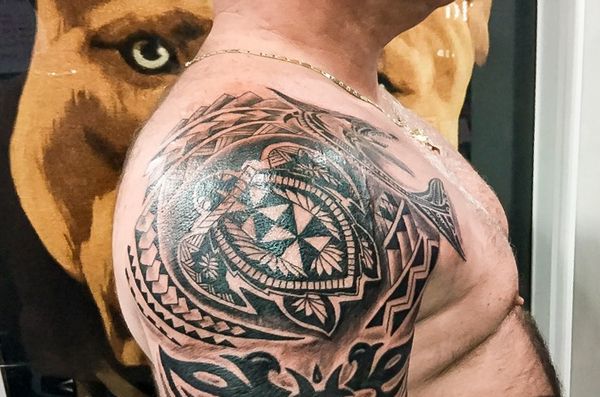
Tattoos are an ancient practice found in cultures around the world, and have various meanings and purposes depending on their placement or design. In some regions, they’re primarily used for spiritual protection from both physical and metaphysical entities, while others use them to represent social hierarchies.
Similarly, tattoos often signify healing practices from various traditional medicines such as acupuncture or moxibustion. For example, Japanese ‘irezumi’ tattooing traditionally marks important feminine rites of passage related to fertility and spiritual guidance.
It is believed that these ceremonial practices are tied to the female life cycle due to the needle symbolizing pregnancy; a form of protection against female illnesses was also regarded.
In Africa, different tribes kept identifying dot patterns throughout body parts which were created during rituals before adulthood or marriage were attained – this method was considered sacred because it swore loyalty to one-self in an eternal mark across any tribe’s tradition without hindrance.
Also seen within religious communities such as Christianity in The United States of America (USA), Sanskrit scriptures printed upon shoulders and arms streamline followers towards the path toward enlightenment through symbols like Lord Krishna ‘namaka’.
Conclusion
Tattoos have been utilized as a form of body adornment for thousands of years across numerous cultures. Different tattoo designs and symbols hold specific meanings that are deeply significant, tying into various aspects of life such as fertility, courage, protection, and honoring religious figures.
Tattoos can serve as a way to symbolize cultural identity, spiritual beliefs, tribal unity and genealogy. Through its various purposes in different societies throughout time, tattoos act as a bridge between the physical world and the spiritual realm; they represent personal stories or experiences that one has gone through in his/her lifetime.
No matter where we are from or what culture we identify with tattoos have always had an important place in many peoples’ lives – connecting us all together on this shared journey called life.
Frequently Asked Questions (FAQs)
Why do Polynesian tattoos use bold geometric patterns?
These designs symbolize protection, rites of passage, and cultural identity.
What do tattoos mean in Japanese culture?
Full bodysuits signify spirituality, while small wrist pieces often show fashion or pop culture.
Do Native American tribes use tattoos traditionally?
Yes, tattoos symbolize achievements, status, and spiritual beliefs in many tribes.
What purpose do henna tattoos serve in India?
Intricate henna designs are worn for good luck and prosperity at weddings and festivals.
How do tattoo techniques differ globally?
Methods range from modern machines to ancient techniques like hand-tapping and skin-stitching.
